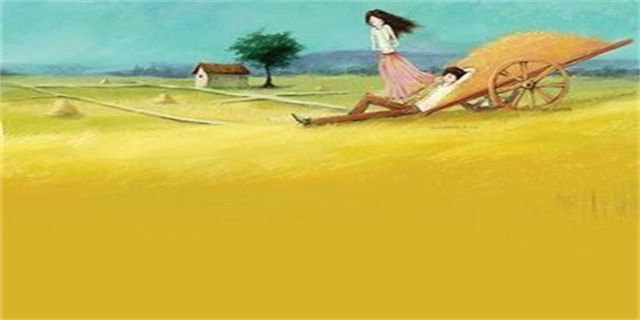摘要:Exploring the World of Shuoshu: An Art Form Unveiled Introduction: Shuoshu, a traditional Chinese art form, has been captivating audiences for centuries. From i
Exploring the World of Shuoshu: An Art Form Unveiled
Introduction:
Shuoshu, a traditional Chinese art form, has been captivating audiences for centuries. From its origins in ancient China to its modern-day revival, Shuoshu continues to mesmerize with its unique blend of storytelling and performance. In this article, we will delve into the world of Shuoshu, exploring its history, techniques, and significance in Chinese culture.

Shuoshu: A Timeless Tradition
Shuoshu, which translates to \"storytelling\" in English, is an oral art form that combines elements of literature, theater, and music. It originated in ancient China and was performed by specially trained storytellers who would captivate audiences with their narratives. In the early days, Shuoshu was predominantly performed in teahouses, marketplaces, and communal gatherings.

During the Ming and Qing dynasties, Shuoshu experienced its golden age, with highly skilled performers gaining popularity. These storytellers would often adapt classic literary works, such as novels and folktales, into their performances, adding their own unique twists and interpretations. Shuoshu became not only a form of entertainment but also a means of preserving culture and oral history.
The Technique Behind Shuoshu
Shuoshu is known for its distinctive vocal techniques and body movements, which are designed to enhance the storytelling experience. The storytellers would employ various vocal techniques to portray different characters and emotions, ranging from low-pitched voices to falsettos. They would also use hand gestures, facial expressions, and body language to bring the narratives to life.
Furthermore, Shuoshu storytellers were skilled in improvisation, often adapting their performances based on the audience's reactions and engagement. They would employ witty remarks, humor, and rhetorical devices to keep the listeners enthralled. Shuoshu, at its core, is a dynamic and interactive art form that relies on the connection between the performer and the audience.
Shuoshu in Contemporary Culture
In recent years, there has been a resurgence of interest in Shuoshu, both in China and internationally. Efforts have been made to preserve and promote this traditional art form, with dedicated academies and organizations established to train new generations of Shuoshu performers.
Shuoshu has also experienced a modernization of sorts, with contemporary adaptations and innovations being introduced. Some storytellers incorporate multimedia elements, such as projected images or videos, to enhance their performances. Others experiment with combining Shuoshu with other art forms, such as dance or music, to create unique and immersive experiences for the audience.
Furthermore, Shuoshu has found its place in popular culture, with performances featuring prominently in movies, television shows, and theater productions. This increased visibility has brought Shuoshu to a wider audience and kindled a renewed appreciation for this ancient art form.
Conclusion:
Shuoshu, with its rich history, intricate techniques, and captivating storytelling, continues to enchant audiences worldwide. As we explore the world of Shuoshu, we discover not only the beauty and artistry of this traditional Chinese form but also the cultural significance it holds. The revival of interest in Shuoshu ensures that this timeless tradition will continue to inspire and entertain generations to come.




